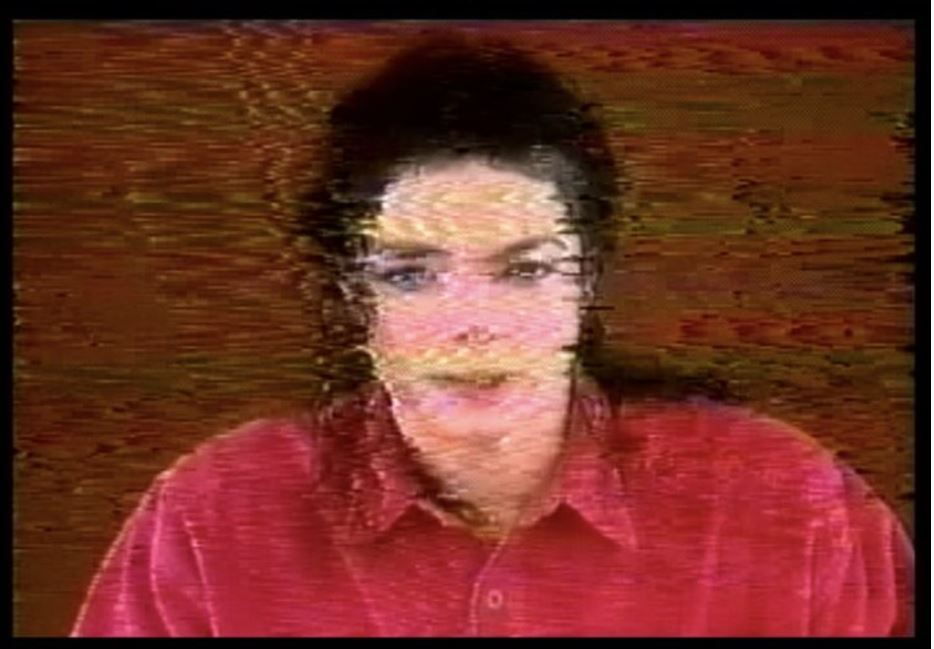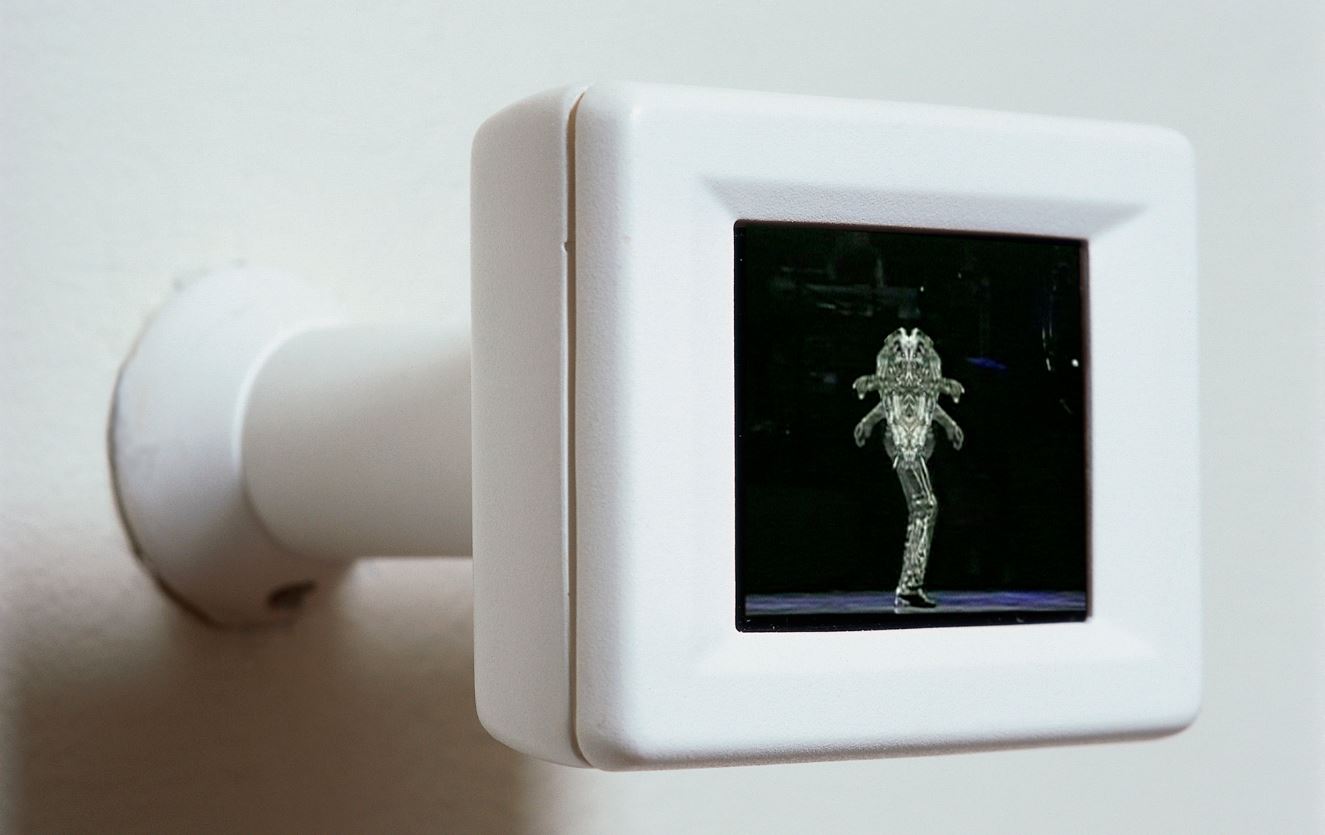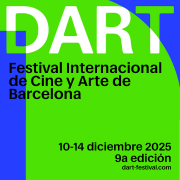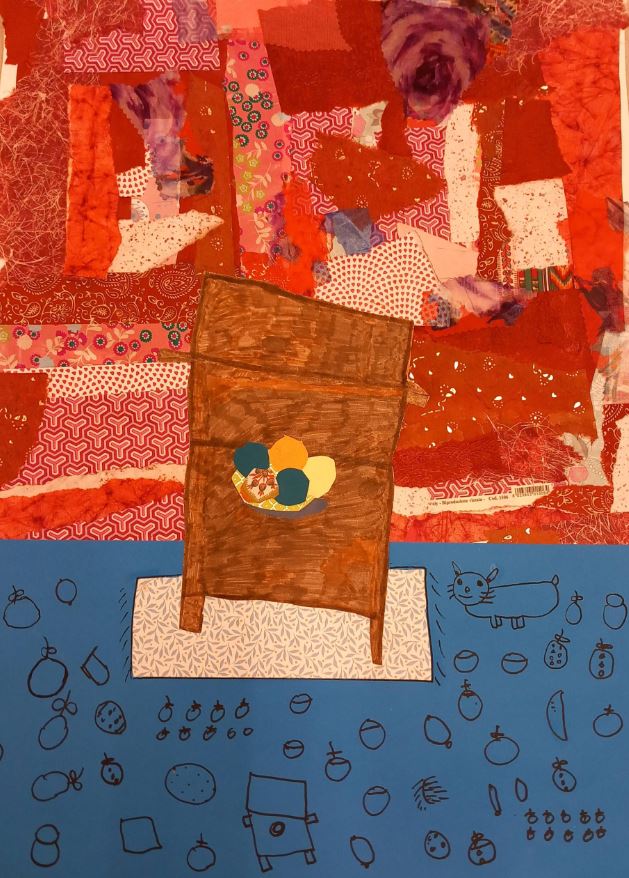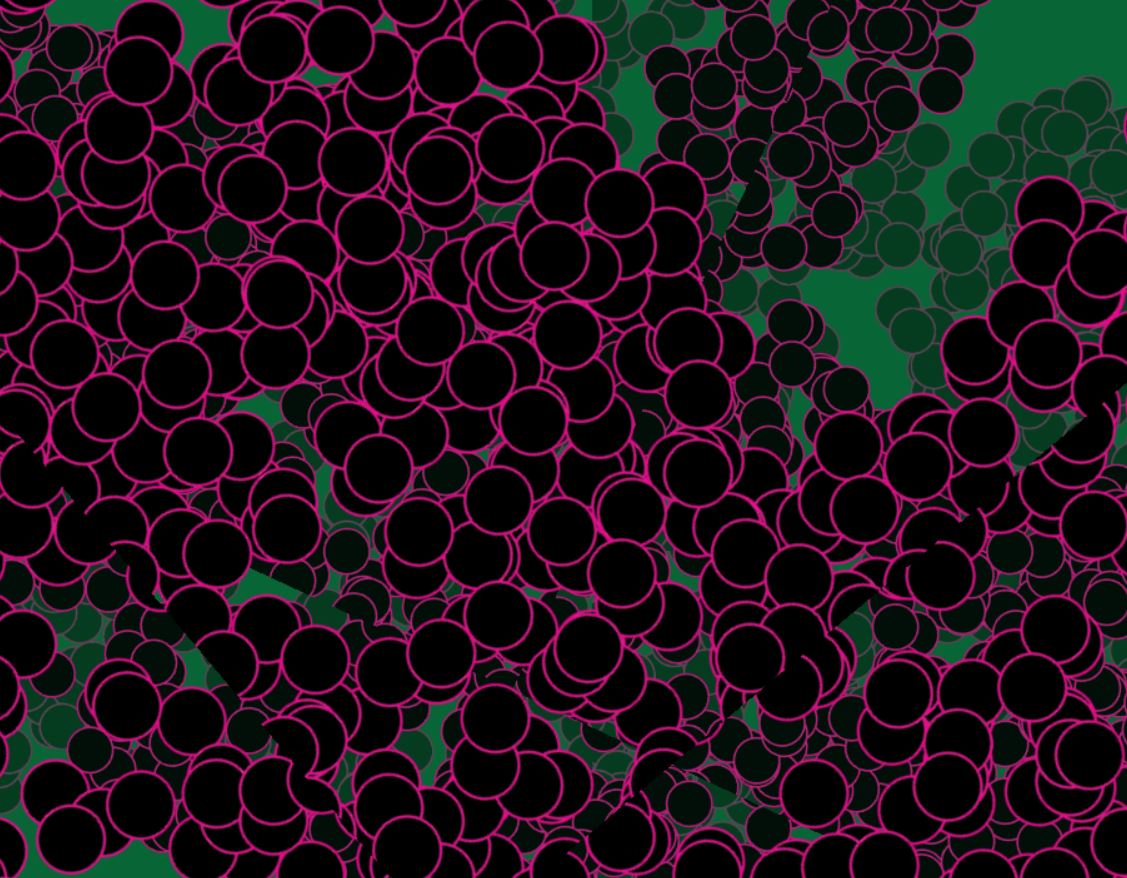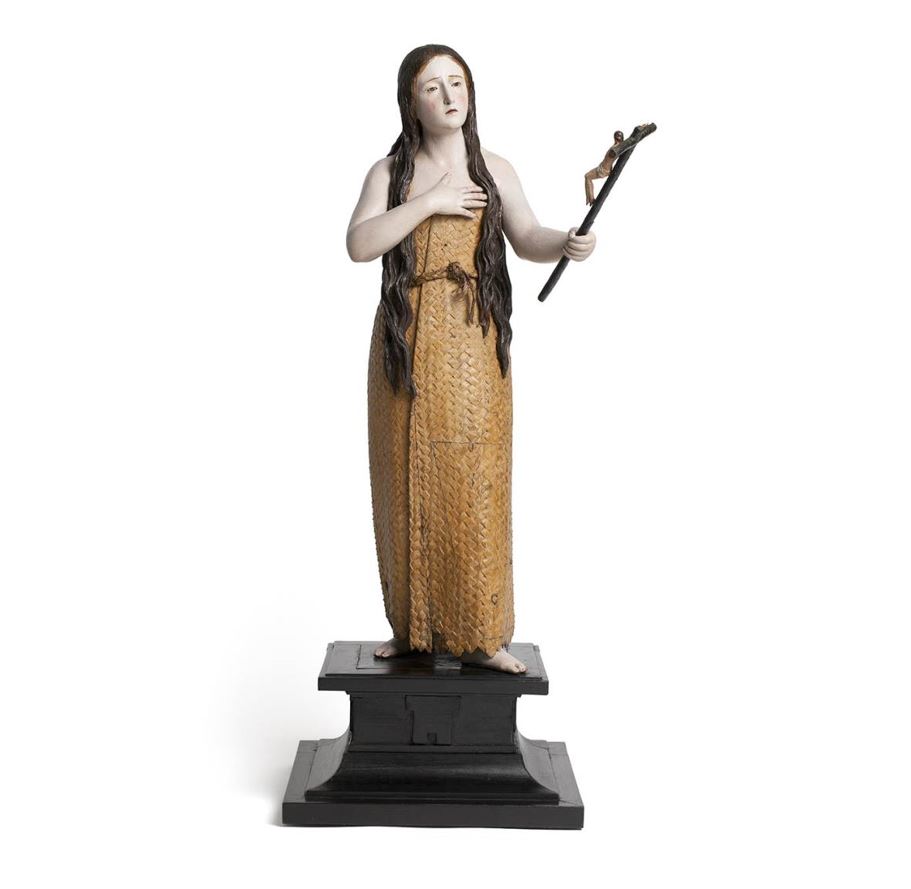Exhibitions
Paul Pfeiffer: Mass Culture and the Cult of Images
The dynamics of power and worship in contemporary culture, questioned at the Guggenheim.

The work of Paul Pfeiffer (Hawaii, 1966) could be summed up as an intelligent and incisive dissection of the way images shape our perception of the world. His work is artistic, but it is also a forceful critique of the mechanisms of construction of power and spectacle that dominate contemporary culture. Now, the Guggenheim Museum Bilbao presents 'Prologue to the history of the birth of freedom', the largest exhibition dedicated to this artist in Europe, with thirty pieces that trace his career.
Pfeiffer manipulates images that are part of collective identity and turns familiar elements of mass culture into truly disturbing narratives, questioning the sick veneration that society often professes for figures such as athletes, pop stars or movie heroes. In 'The Four Horsemen of the Apocalypse', Pfeiffer digitally erases the identities of basketball players, turning them into anonymous figures who look like religious martyrs and which underlines how sports hero worship becomes a collective devotion.
His beginnings, however, go back to a fascination with the creative possibilities offered by programs such as Adobe Premiere or Photoshop, tools with which he began to explore the manipulation and editing of images. One of his first video works, 'Los productos puros se vuelven locos', was born from the reinterpretation of a scene from the film Risky Business (1983). Working frame by frame, Pfeiffer created a piece that he himself describes as an extension of the mechanical process of printmaking, playing with the repetition and degradation of successive iterations of images, reducing them to a scale radically different from the original on big screen The connections with historical cinematic narratives link to Pfeiffer's same interest in reinterpreting and resignifying pre-existing images . The title of the exhibition, for example 'Prologue to the history of the birth of freedom', refers to a key moment in American media history: Cecil B. DeMille's opening in his epic-religious drama The Ten Commandments (1956), a film that, at the time, was the most expensive in history.
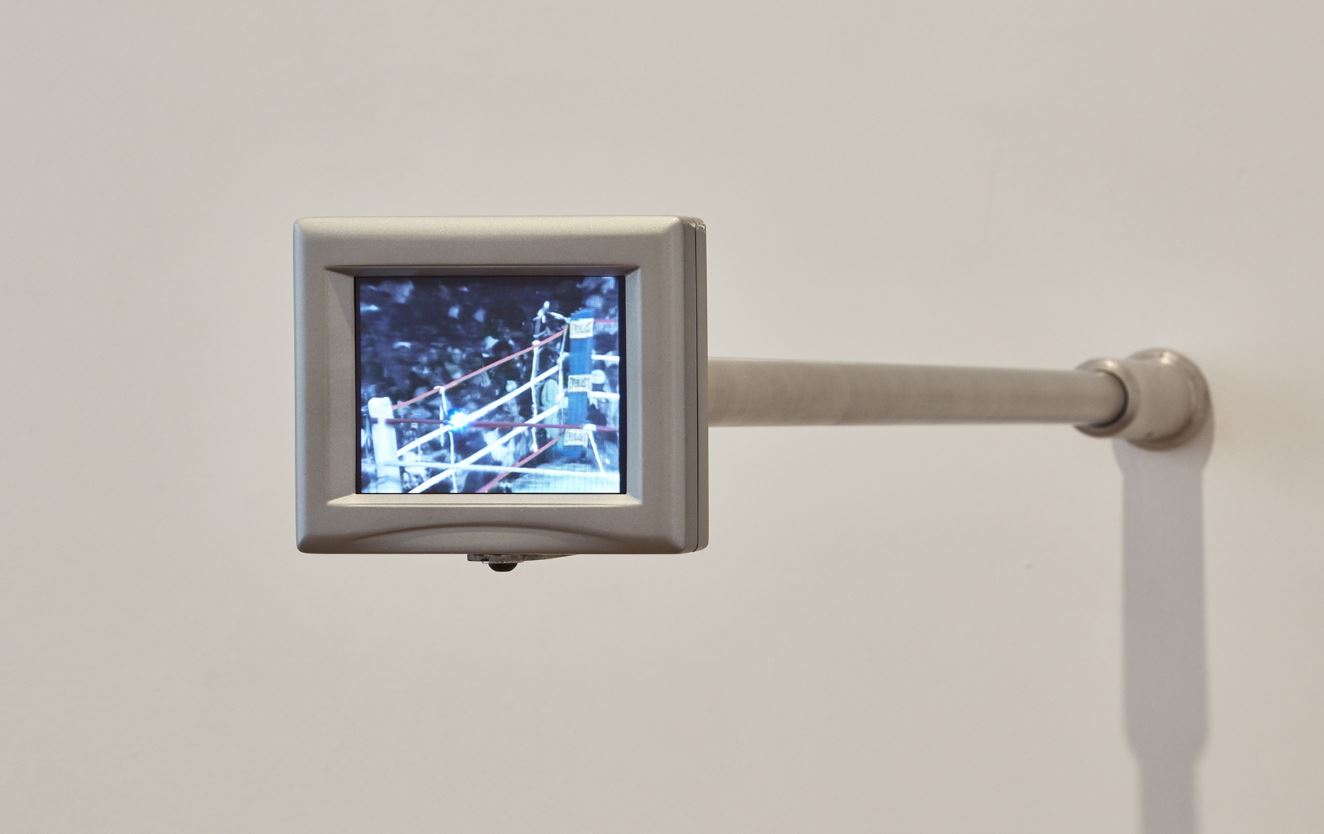
At the Guggenheim, the works on display also reimagine iconic events, such as Muhammad Ali 's boxing matches, in his trilogy 'La cuenta larga (Estruendo en la jungle)'. Here, the ring is empty; the boxers' bodies disappear, and the focus shifts to the frenzied crowd around them. This absence highlights the ritual and almost religious dimension of sports spectacles, exposing the spectators as part of the phenomenon they are worshipping.
Pfeiffer's fascination with the public figure as an object of veneration is reflected in works such as the sculptural series dedicated to Justin Bieber , which with the collaboration of several artisans, has turned him into a contemporary saint, combining his tattooed torso with a sacred aesthetic that connects the modern obsession with celebrities with ancient rituals of devotion. This reflection on the cult of celebrity is expanded in 'Maldad en directo (Kuala Lumpur)', where he manipulates recordings of Michael Jackson to transform his body into abstract forms, such as insect skeletons or Rorschach tests, highlighting the aura that surrounds the artist while his physical presence is diluted.
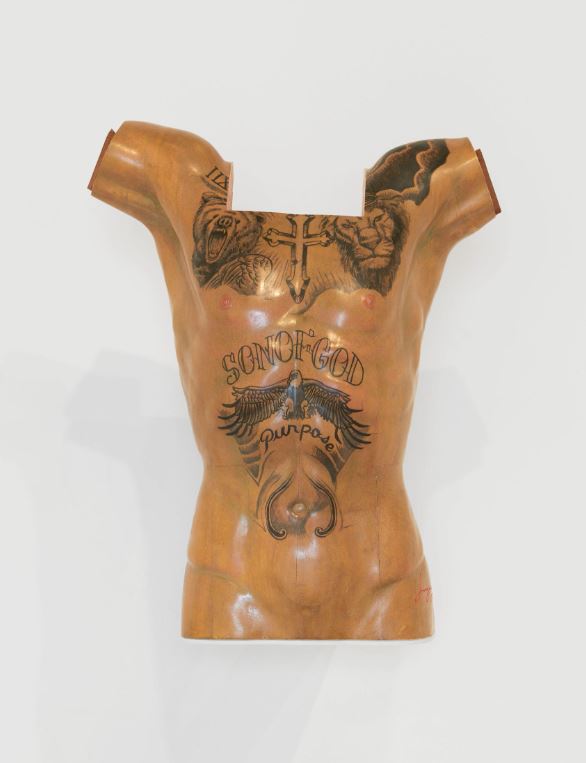
The exhibition 'Prologue to the history of the birth of freedom', is the result of a collaboration between the Guggenheim Museum and The Museum of Contemporary Art in Los Angeles and can be visited until March. It is a direct challenge to how we interact with the images we consume daily, to how the media shape our identity and to what extent we are active or passive participants in this process. It aims to be, therefore, an exercise in self-awareness and criticism towards the power structures behind each image.
